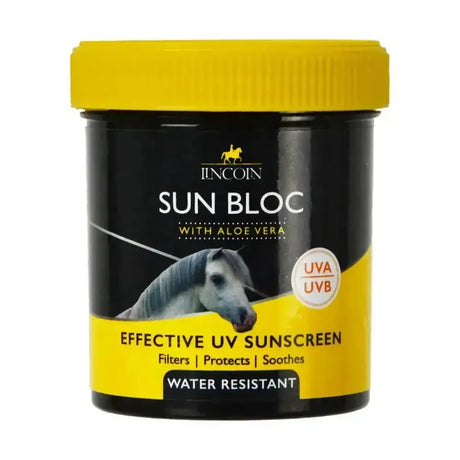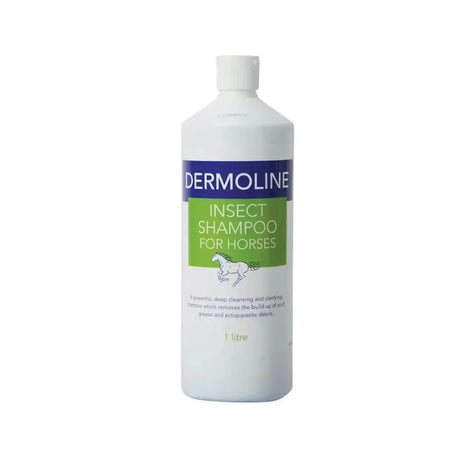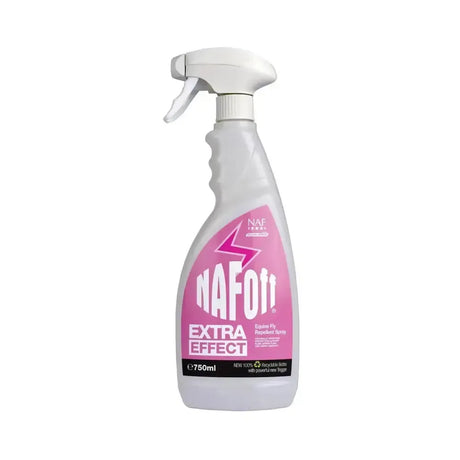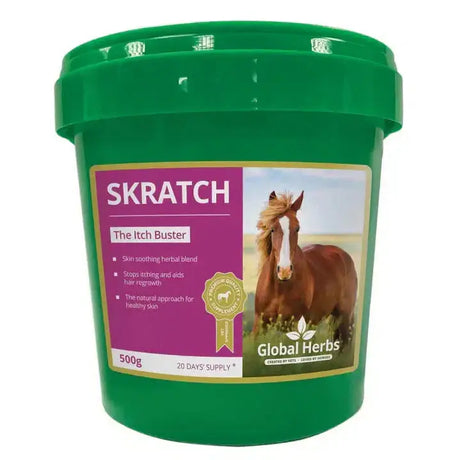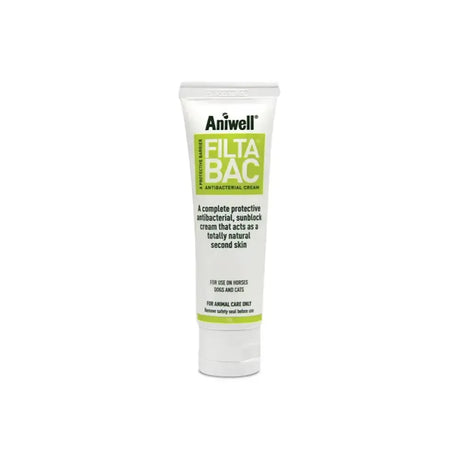Introducing Clipping To Your Horse Or Pony with Aqueos
How To Clip Your Horse and Which Clip Style and Why?
Introduction to clipping your horse or pony
Horse Clipping
Horse Clipping Clipping your horse or pony may be necessary for a variety of reasons. Whether you are clipping them for practicality reasons over the winter, or for health reasons at other times of the year, it is important to choose the style of clip carefully depending on what you are trying to achieve. Horse Clipping
Reasons to clip your horse or pony
Horse Clipping
Horse Clipping Sweating during exercise – this is most likely to happen during the autumn and winter months when their coat becomes thicker, and it can then be difficult to get them dry and comfortable after exercise. Horse Clipping
For weight management:
Horse Clipping Some horses or ponies lose condition if they sweat regularly, therefore clipping them may help to maintain their body condition if you want to keep them in a reasonable level of exercise over the winter months Encouraging weight loss can also be achieved by clipping i.e. the horse or pony has to use calories to keep themselves warm if clipped and then only lightly rugged, or not rugged at all – this needs to be considered carefully depending upon the weather conditions and what facilities you have available should the weather suddenly change, but can be a very useful technique for those horses and ponies who have put on excess weight during the summer grazing season, or are suffering from equine metabolic syndrome. Horse Clipping
For medical reasons:
Cushing’s disease (also known as pars pituitary intermedia dysfunction) – horses and ponies suffering from this condition typically sweat more readily even at rest, tend to get a thicker than normal coat, and may struggle to shed their coat at an appropriate time of year – clipping may therefore be necessary to reduce excessive sweating and prevent subsequent irritation and inflammation of the skin
Lice infestation – if a horse or pony has a severe lice infestation, clipping can help to remove eggs laid by the adult lice in the haircoat, and therefore may allow for easier treatment and quicker resolution of the parasitic infection.
Horse Clipping
Chorpioptic mange (also known as “feather mites”) – this condition is caused by the Chorioptes mite which burrows under the skin, typically on the lower limbs of heavily feathered horses and ponies – clipping of the feathers can allow access to the skin on their legs for shampooing and application of topical treatments- clipping also tends to reduce the symptoms of horses and ponies stamping and itching their legs. Horse Clipping

Horse Clipping
Other skin conditions such as mud fever of the lower limbs, or dermatitis elsewhere on the body – these conditions may be easier to manage and treat if the hair is removed at the start of treatment. Horse Clipping
When should I clip my horse or pony?
Horse Clipping
Horse Clipping It may be necessary to clip your horse or pony at any time of year for medical reasons as outlined above, however, if clipping over the winter, it is typical to give their first clip in September or October. Most horses and ponies will need clipping every 3-6 weeks depending on how quickly their coat re-grows, which is likely to depend upon weather conditions and rugging. Try to do the last clip of the winter before the end of January as after this point their summer coat will be starting to grow, and clipping can damage the summer coat coming through. Horse Clipping
How should I decide which clip pattern to choose?
Horse Clipping Consider what you are hoping to achieve by clipping your horse or pony; if you are clipping during the winter months to make life easier after riding (i.e. they dry quicker and can then be rugged up and tucked up for the night more quickly), but your horse or pony is underweight or you do not want them to lose any further body condition, you will need to ensure that you have adequate shelter and/or well-fitting rugs to compensate for removing their hair coat. Facilities for stabling (or a field shelter) and a selection of rugs may be less of a concern if you are clipping your horse or pony to encourage weight loss over the winter, as you may be intending that they use their body reserves to keep warm!
Horse Clipping
Types of equine clips to consider
Horse Clipping
Full clip – all hair removed from the body, legs and head
Hunter clip – legs and saddle patch left on only
Blanket clip – legs and an area similar to the shape of an exercise sheet left on only
Chaser clip – similar to a blanket clip, but with the hair on the top of the neck left on
Irish clip – hair from the head, the underside of the neck, chest, elbows and tummy removed
Trace clip – hair removed from the underside of the belly, chest and neck but head left on
Bib only – hair from the front/underside of the neck and chest is removed
Bib and belly clip – as above but up to and including the girth area is clipped as well
Legs only
When clipping a horse or pony’s head, you can choose to remove all of the hair on their head or a “half head” where the hair to the level of their cheekbones is removed i.e. to where the cheek pieces of the bridle lie. Whiskers must not be removed as these sensory hairs are considered part of the horse or pony’s sensory apparatus, and in fact, whisker removal has been banned by the FEI since 2021. Horse Clipping
Where will I clip my horse or pony?
Horse Clipping
You should think about whether you have appropriate facilities to perform the clipping procedure for your horse or pony safely, as you will need a sheltered, dry, quiet, well-lit and non-slip area for your horse or pony to stand in whilst being clipped. Ideally, this would have mains power to it, although some clippers are now battery operated with rechargeable/interchangeable batteries, and therefore mains power may not be essential. If you are using corded clippers, ensure you have a circuit breaker in place to prevent any electrical surges, either plugged into the main plug socket or the extension lead.
Horse Clipping
Other preparations before you clip your horse or pony
Horse Clipping Ensure that your clippers are in good working order before you begin, especially if your horse or pony requires sedation to be clipped; it is incredibly frustrating to get a horse sedated for clipping not only to find that the clippers won’t switch on, the clippers are not charged, the blades are blunt or there is a vital balancing screw missing from the clippers box! Ensure that the clipper blades are not only sharp but well-oiled as well. Clipper handles and blades should be disinfected using multi-purpose disinfectant spray or wipes between uses, especially if they have been used on a horse with a lice or mite infestation, or if there is a possible skin infection such as bacterial dermatitis or ringworm present.
Horse Clipping

Horse Clipping
Your horse or pony should be clean and dry before you start; consider bathing them the day before to remove as much grease as possible. Not only will clipping take longer if you start a muddy, greasy or wet coat, but it may also blunt or damage the clipper blades, and the overall finished appearance of their clip is likely to be less than satisfactory.
Horse Clipping








